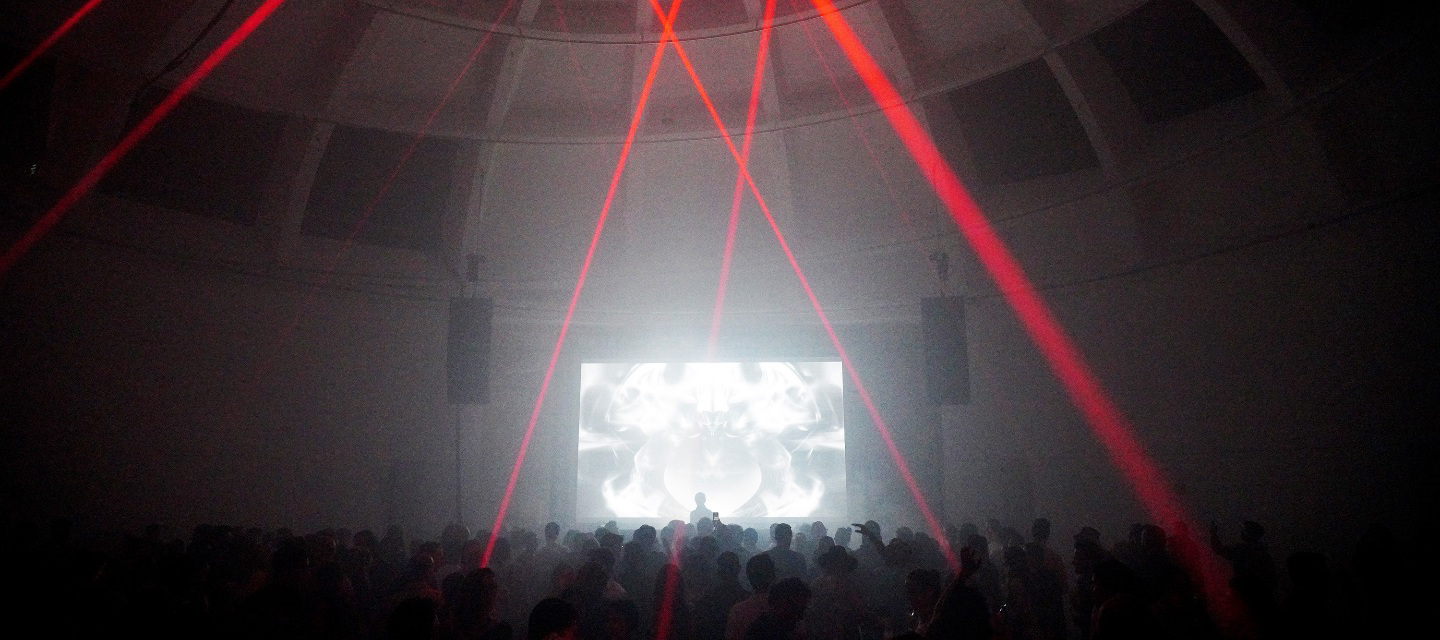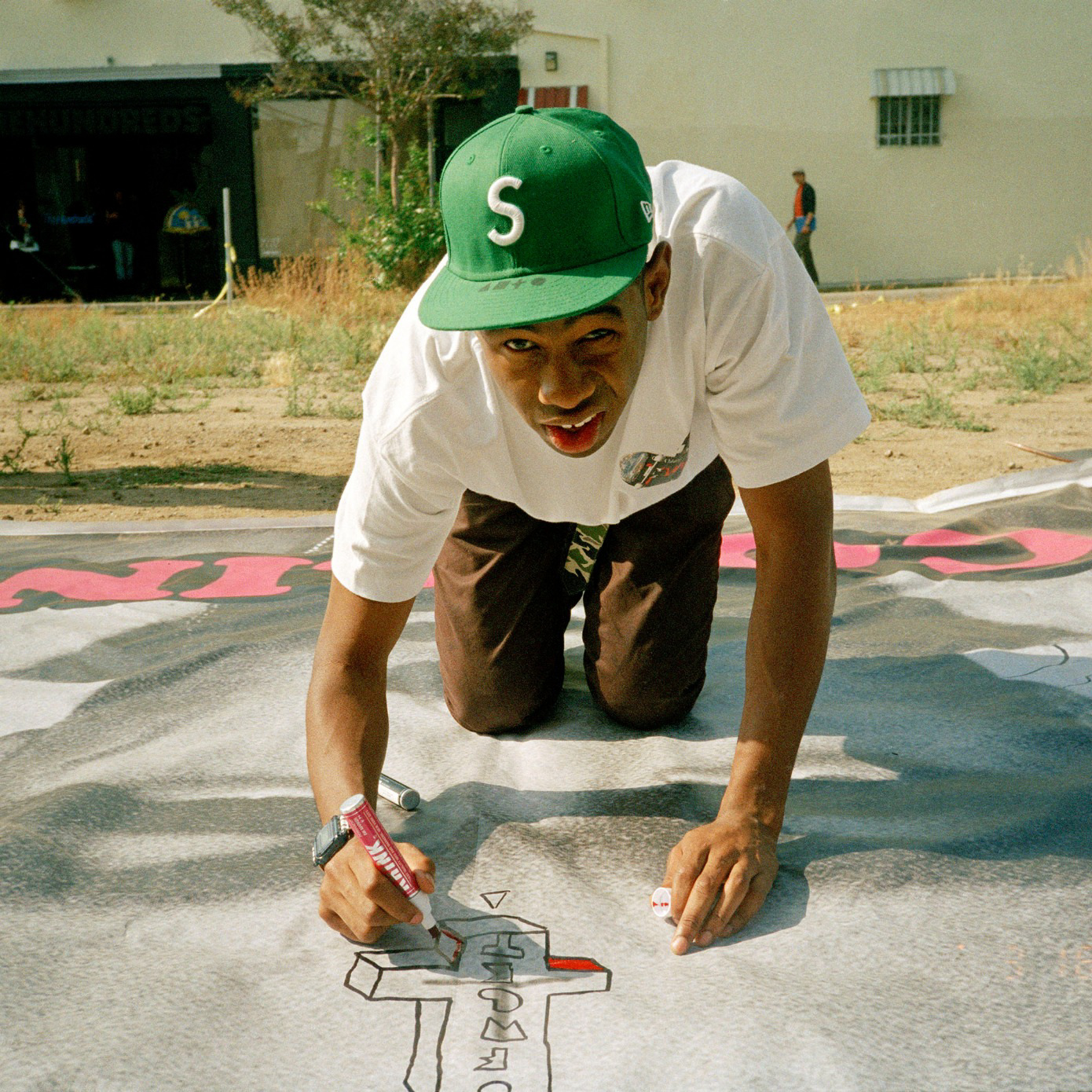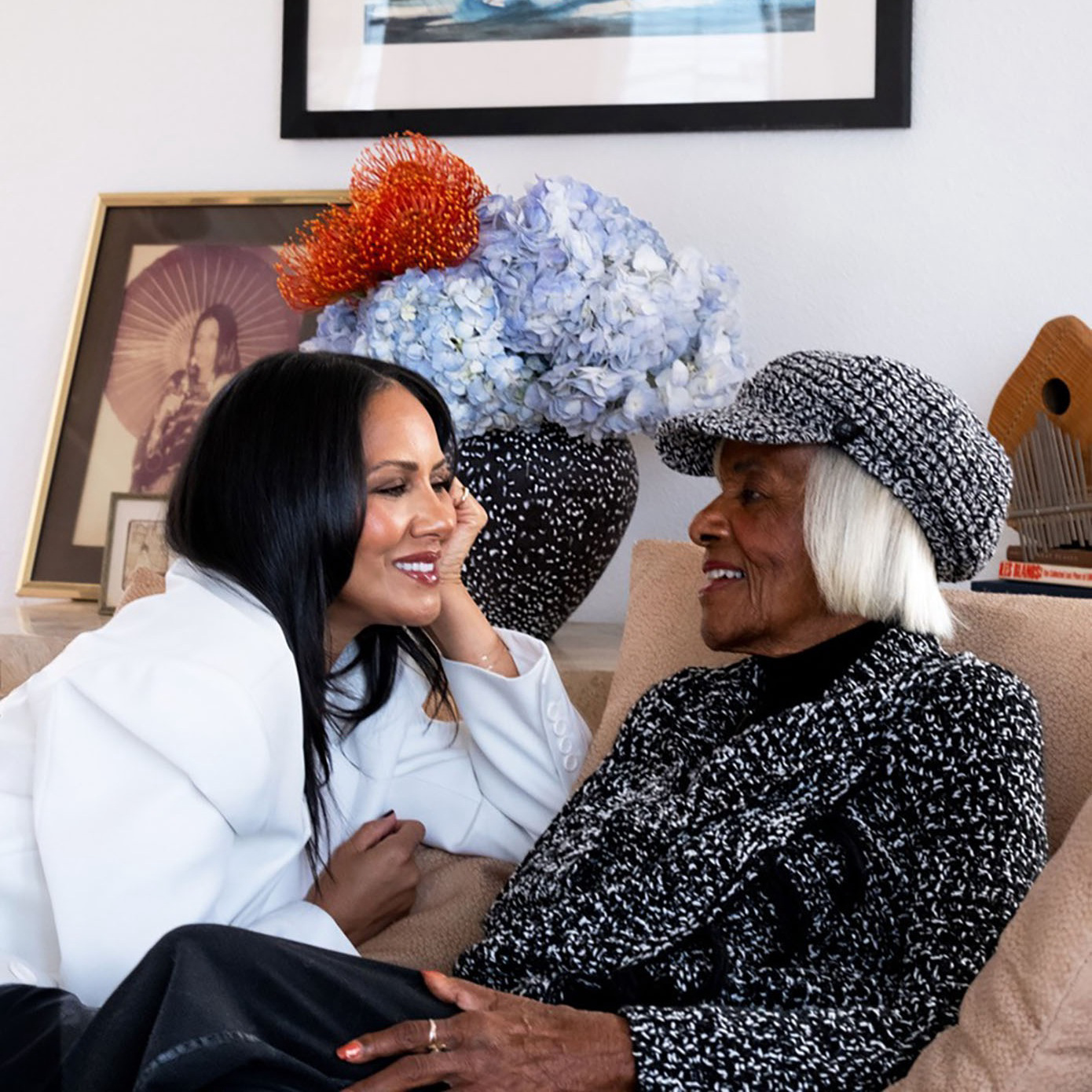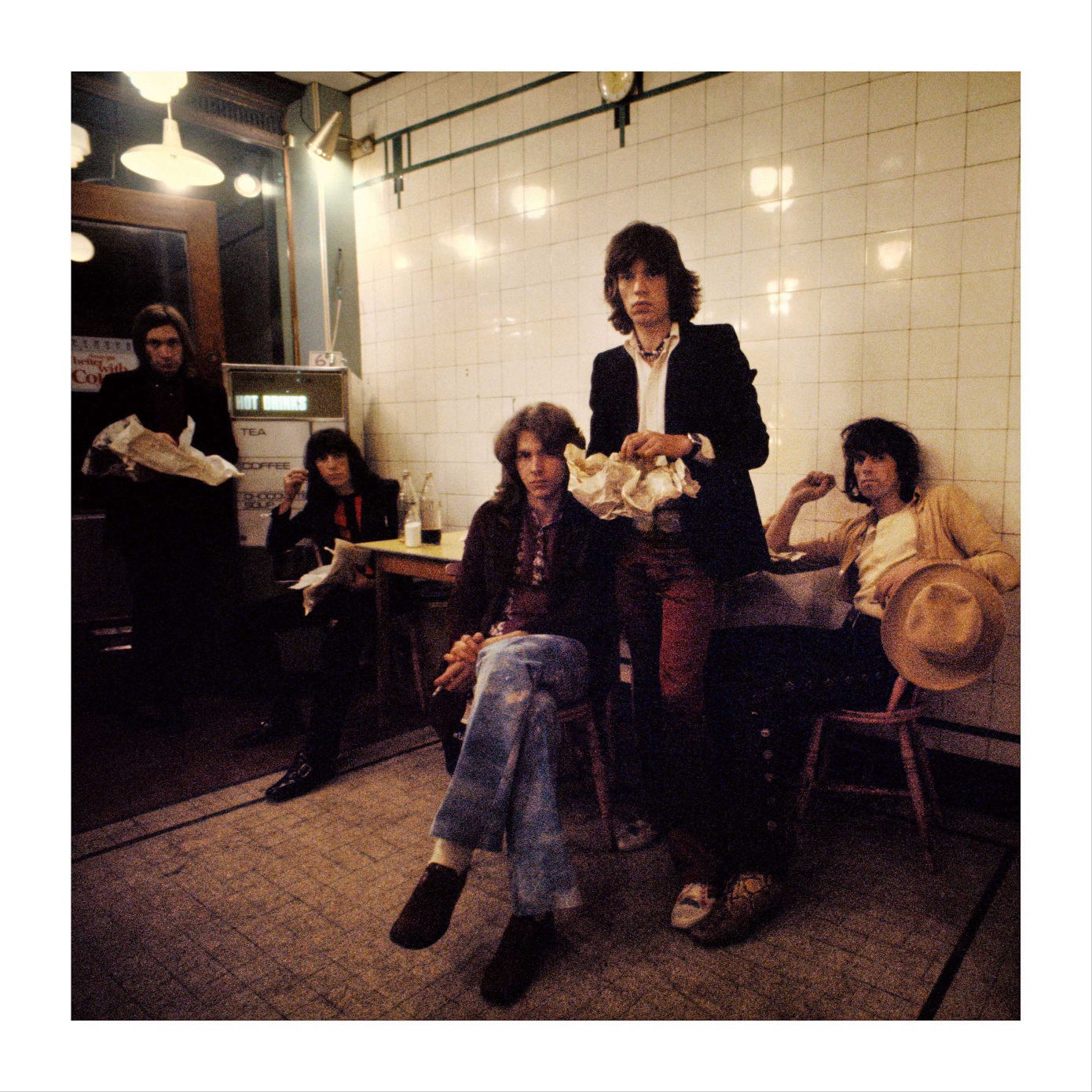Richie Hawtin could only snatch a brief moment of controlled solace at home in Berlin before it was time to shed his domestic skin once again. Though he has a pied-à-terre in both the German capital and in Lisbon, the British-Canadian DJ has traded home life for a newly reinvigorated post-Pandemic touring schedule that confines him to the sweaty bowels of nightclubs across the world for most of the year. “I’m trying to grasp onto the last handrails of the studio,” jokes Hawtin, referring to the time when we first met in the midst of a quarantine that had confined him to his home. Days that feel like eons ago.
Back then, Hawtin, who works under the moniker Plastikman, like much of the world, stole away, but unlike the mass pilgrimage to the suburbs many American found themselves on, the techno musician-producer ran the opposite direction—toward exotic Ibiza. It was there that he commenced what has become a more than four-season collaboration with Prada, after being recruited by the House’s matriarch, Miuccia, and her co-artistic director Raf Simons to architect music for the brand’s runway shows. But where traditional catwalk fare typically involves cutting or mixing tracks from existing works, Hawtin and his collaborators fabricate mysterious worlds from scratch each time. Something that Hawtin, back then, described as scoring a film. It still does, he admits, only the film’s ending keeps changing.
“As much as I love the very spontaneous and immediate energy of performing, it’s a slippery slope,” Hawtin explained to me this past week in Miami where he touched down between Plastikman gigs in Columbia and Australia to present the third edition of Prada Extends during Miami Art Week. “With Prada Extends, the idea is to strengthen the very important bonds between music and fashion, sights and sound,” he explains. Sandwiched between the start of the fairs and the infamous weekend of partying, Prada Extends is the best representation of the marriage between visual performance and audio production that the musician has ever achieved. “What makes our runway collaborations so successful is the connection between the music and the aesthetic—something I refer to as sonic silhouettes,” he explains.
For his marathon Miami night, Hawtin built off the format of its previous two iterations at the Tate Modern in London in 2021 and in Tokyo last summer, while nodding to local cultural history. The roster paired emerging musicians DJ Ela Minus, Sofia Gabanna, and Slim Soledad with the VR-AR artist Paola Olea, multidisciplinary experimentalist Juan David Figueroa, and audiovisual artist Qualia AV aka Adrián Lex respectively. “It's about bringing different personalities together that might have never even met,” explains Hawtin who kicked off the night himself with a collaborative performance with the digital installation artist Ginger Leigh aka Synthestruct. “Miami has always been an important place for electronic music for me. In the ‘90s, there was the Miami Winter Music Conference. Combined with the city’s Latin crossroads, it was a melting pot of people coming from all over the world to share their love for the then-very young scene of techno and soulface house music.”
Installed at the Rem Koolhaas-designed Faena Forum, the result of all the cross-disciplinary collaborations was both arresting and unrelenting. Perched on two towering platforms and illuminated by gargantuan LED screens, the four DJs performed one after another immersing the crowd in what Hawtin describes as the “perfect harmony” of audio and visual entertainment. “It was important to me that each moment seamlessly flowed into the next so that it was one total experience,” he explains. “Having people in a unified place and on the same trajectory for a couple of hours is a gift. The dance floor is a beautiful place for chance meetings and close encounters.”





